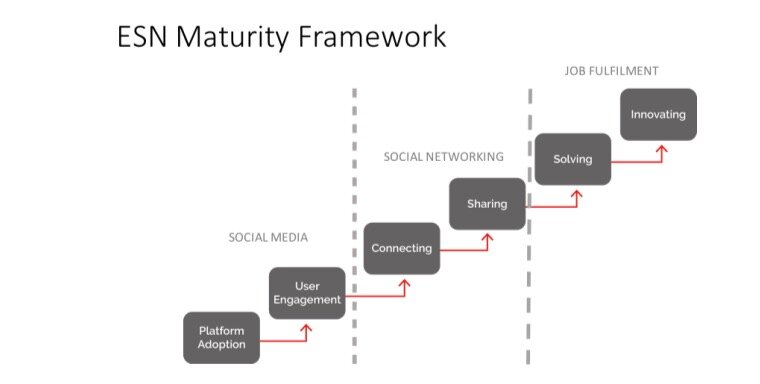Getting Jobs Done Theory
It’s not the sort of labelling that we have come to expect from our academic theory makers. But it’s just the sort of ‘down and dirty’ language that can help us break out of the ‘business speak’ rhetoric, that we tend to turn off from, the moment we hear it. “What is the ROI?”, “Where are the hard tangible benefits?”, “Have we done a cost/benefit on this?”, “How can you demonstrate customer value?”. ‘Getting Jobs Done Theory’ was indeed coined by a highly credentialed Harvard Academic, the same one that brought us the theory of “Disruptive Innovation”, Clayton Christensen. Christensen alerted the business community to the danger and power of disruptive innovation, but later recognised that the theory contributed nothing to what organisations at risk should do about it. Innovation success was still largely the result of luck or serendipity. 'Getting Jobs Done theory' was created to take luck and serendipity out of the innovation equation, to make success more predictable and repeatable. The fundamental question to be asked when faced with an innovation challenge is “What job did you hire that product to do?”, in contrast to the traditional questions of “what features does our product need?” And as we move into an increasingly service and subscription style economy, it feels even more appropriate now.
Sounds too simple? Perhaps; but all of us can relate to jobs we have to do, whether at home or work. We can also often relate to the jobs our customers might want to do with what we are offering, but perhaps not to the degree of empathy or specificity that we should. Have a look around the company car park. What you will see is a huge variation, ranging from the knocked around scooters, through to luxury, prestige vehicles. Yet aren’t they all doing the same job? Perhaps if you interviewed the owner of the scooter, they may indeed respond to your question of what job it was hired for as simply to get them to work and back. But what about the prestige car owner; would they respond in the same way? It’s likely that the owner of the prestige vehicle may have other circumstances beyond commuting. The job that they hire their vehicle to do may also likely have both social and emotional dimensions. Perhaps one of the jobs they have hired their vehicle for was to regularly visit their close but distant relatives. Maybe they have young children, where their safe arrival is paramount. Or perhaps they are seeking membership of an exclusive business club and their vehicle will help to create the image required to influence the voting members. Either way, ‘Getting Jobs Done theory’ helps us ask the right questions to help you get your product hired.
For us, ‘Getting Jobs Done’ provides a label for the important last two stages of our Enterprise Social Network (ESN) Maturity model. The model conflates two existing models published by Siemens covering the Platform to Connecting stages and Simon Terry’s Connections to Innovating stages, to support the full ESN journey. As Terry points out, there is a critical transitions step between ‘Sharing’ and ‘Solving’, where we migrate from the ‘intangible’ to the ‘tangible’. We have chosen the term ‘Fulfilment’ to recognise that jobs can be functional e.g. delivery fulfilment; but also a social or emotional e.g. building a passionate and cohesive team. By matching ‘Solving’ and ‘Innovating’ with ‘Jobs Fulfilment’, we are also inferring that useful jobs should be framed in terms of problems that they solve, or new capabilities delivered for your customers.
We all have jobs to do. Christensen encourages us to look to our customers and the jobs they are trying to do; and why they might hire your product, to help them do that job. If you are an ESN community manager, you might frame your job as getting people to sign onto the ESN, or read and write posts on the ESN. However, if the Community Manager were to ask prospective ESN participants what jobs they might ‘hire’ the ESN to do, they would perhaps describe their jobs more aligned to the Job Fulfilment stages of solving problems or innovating; which in turn, would change the way the Community Manager might describe their job.
So next time you are asked to justify the investment in something, think about responding with the ‘jobs it helps get done’.


